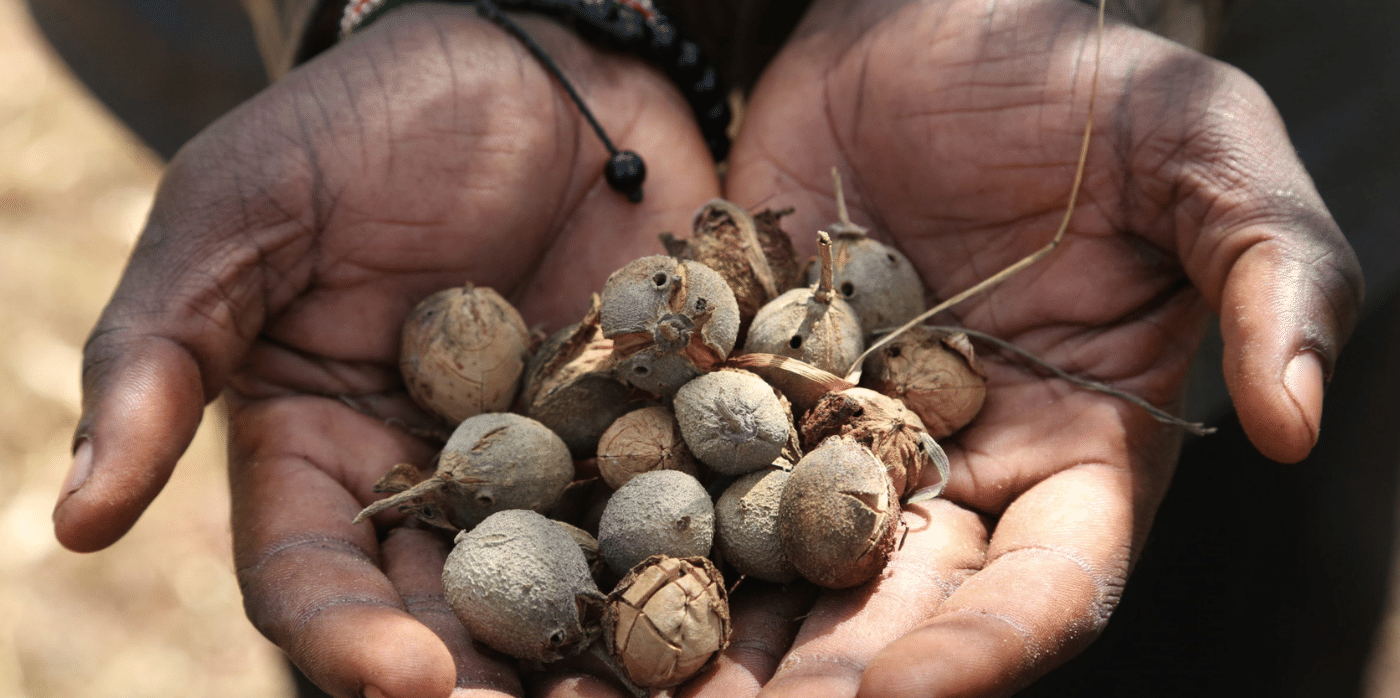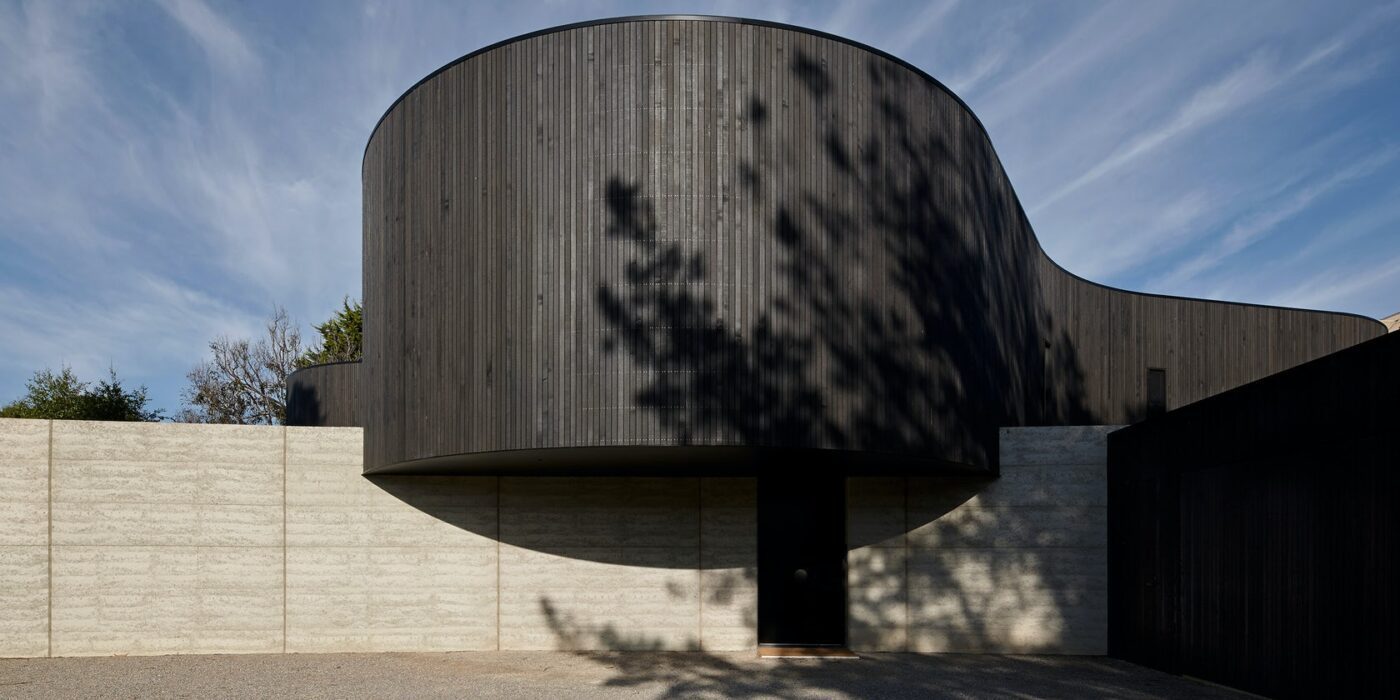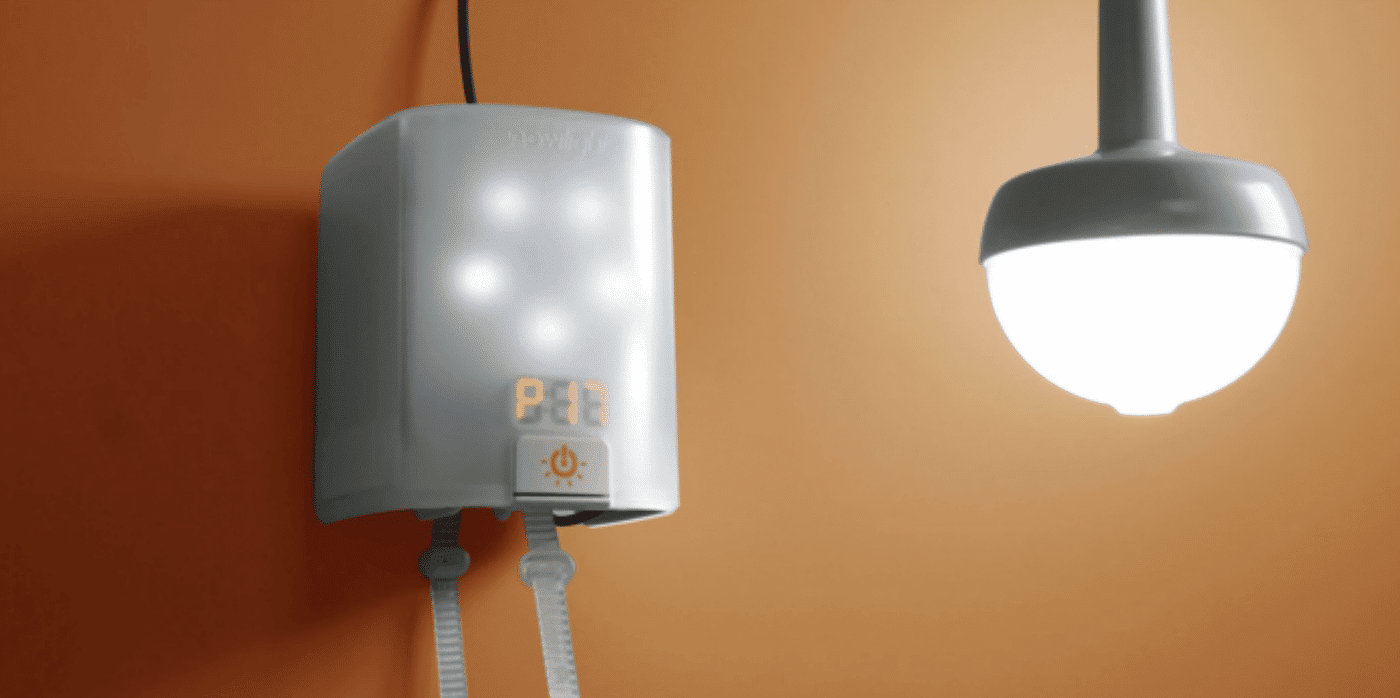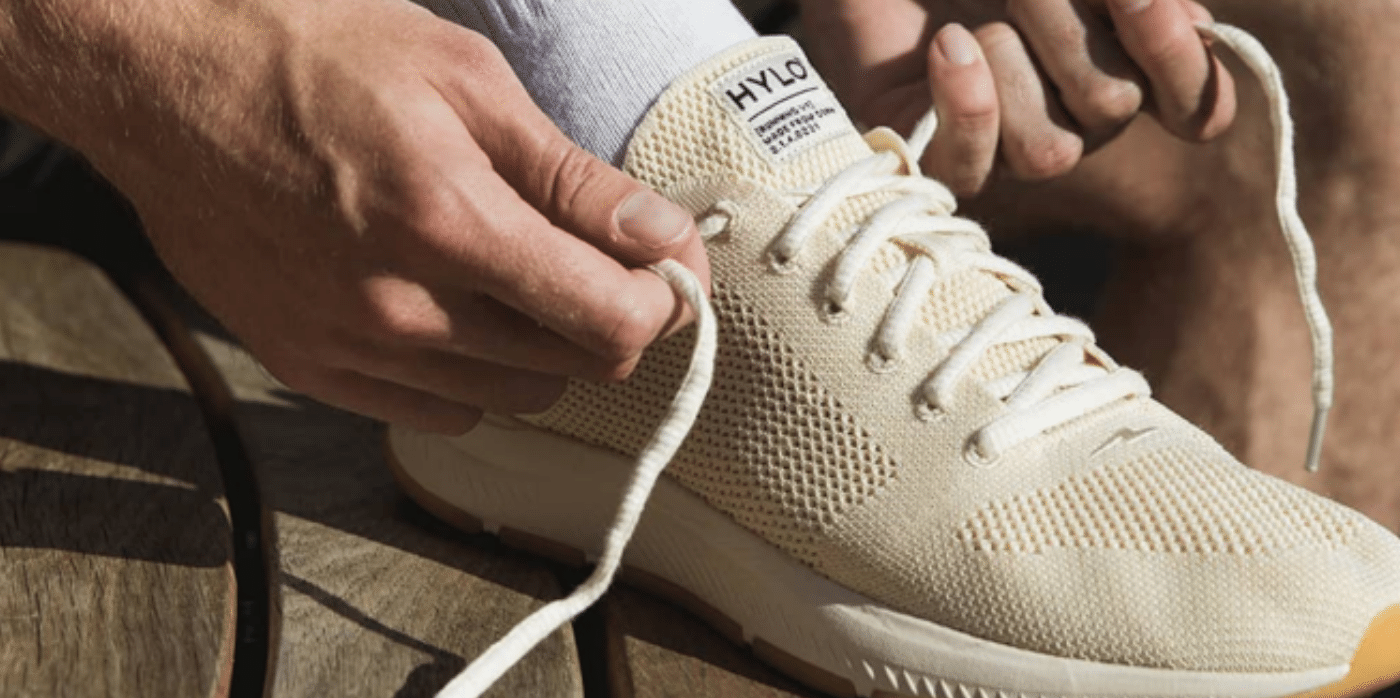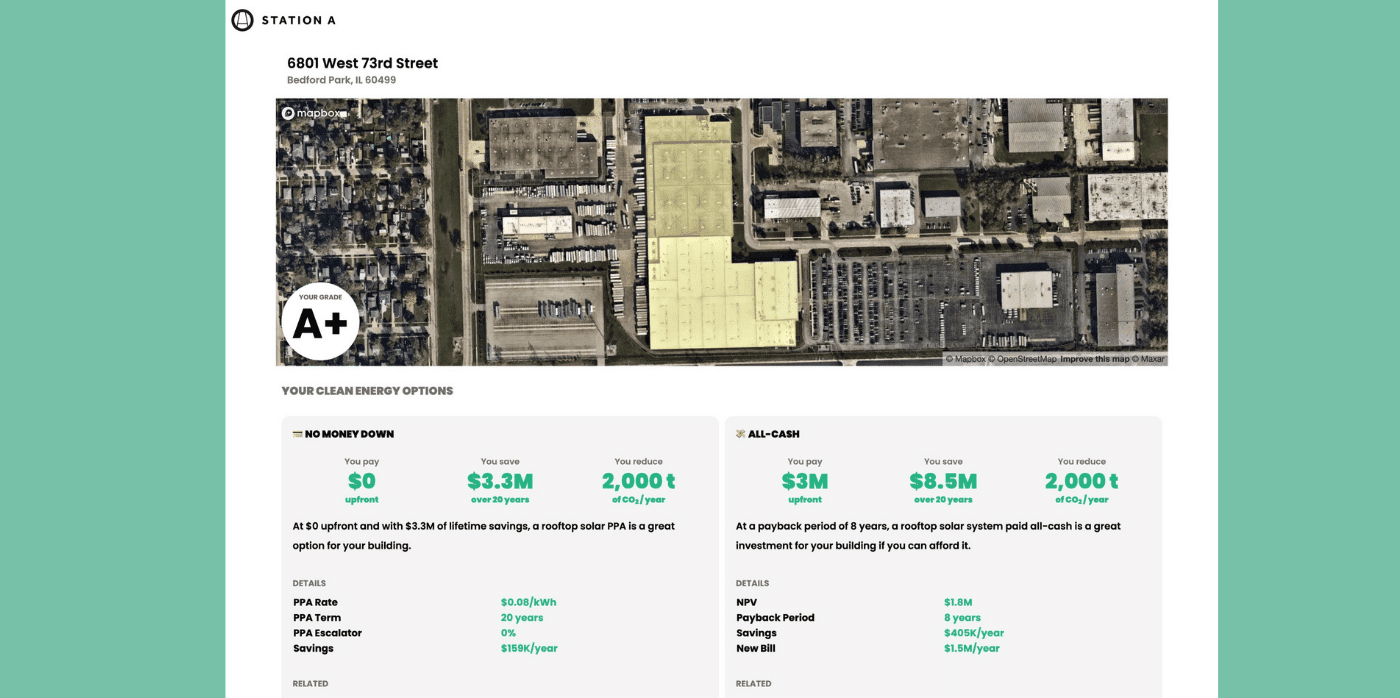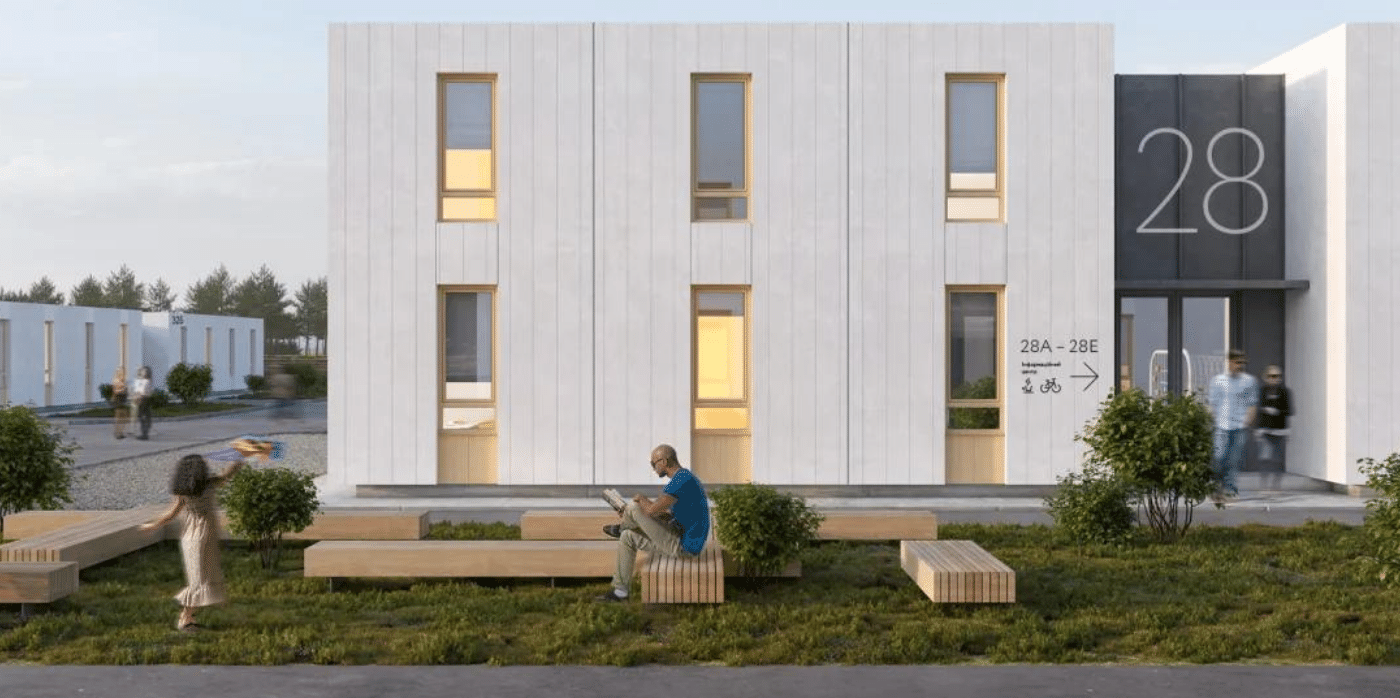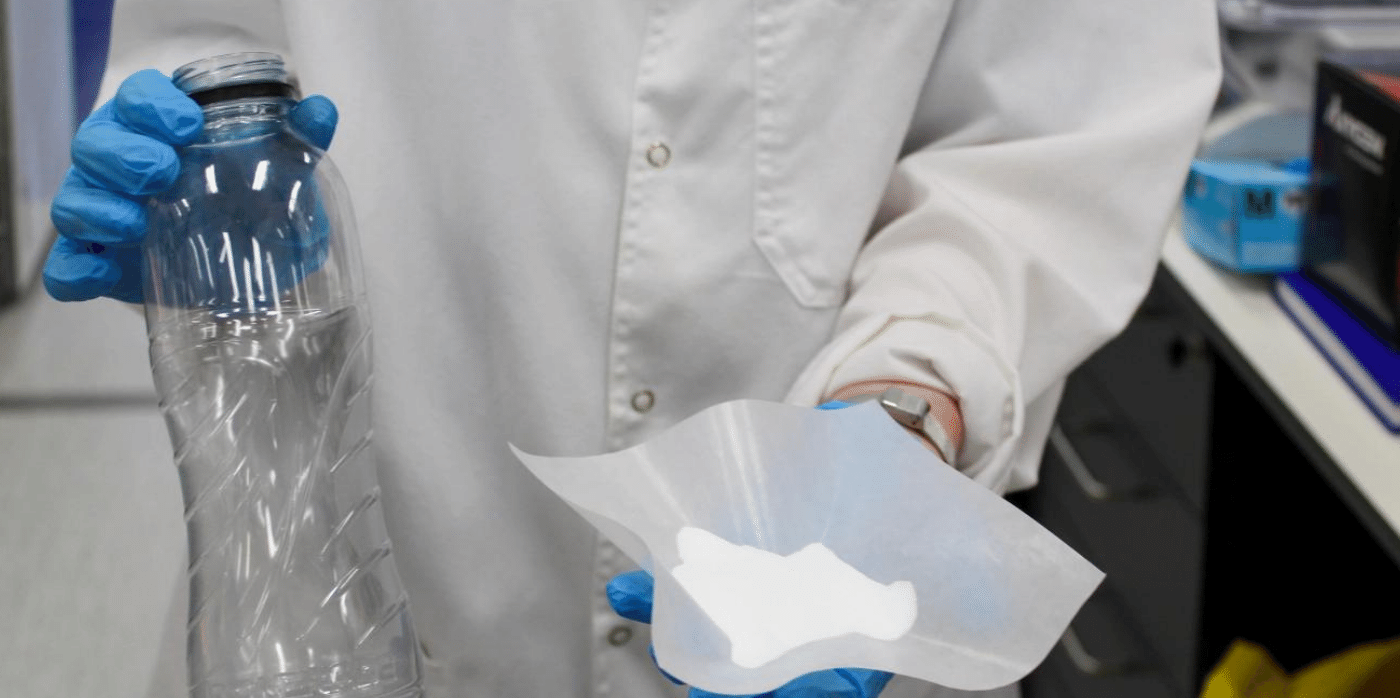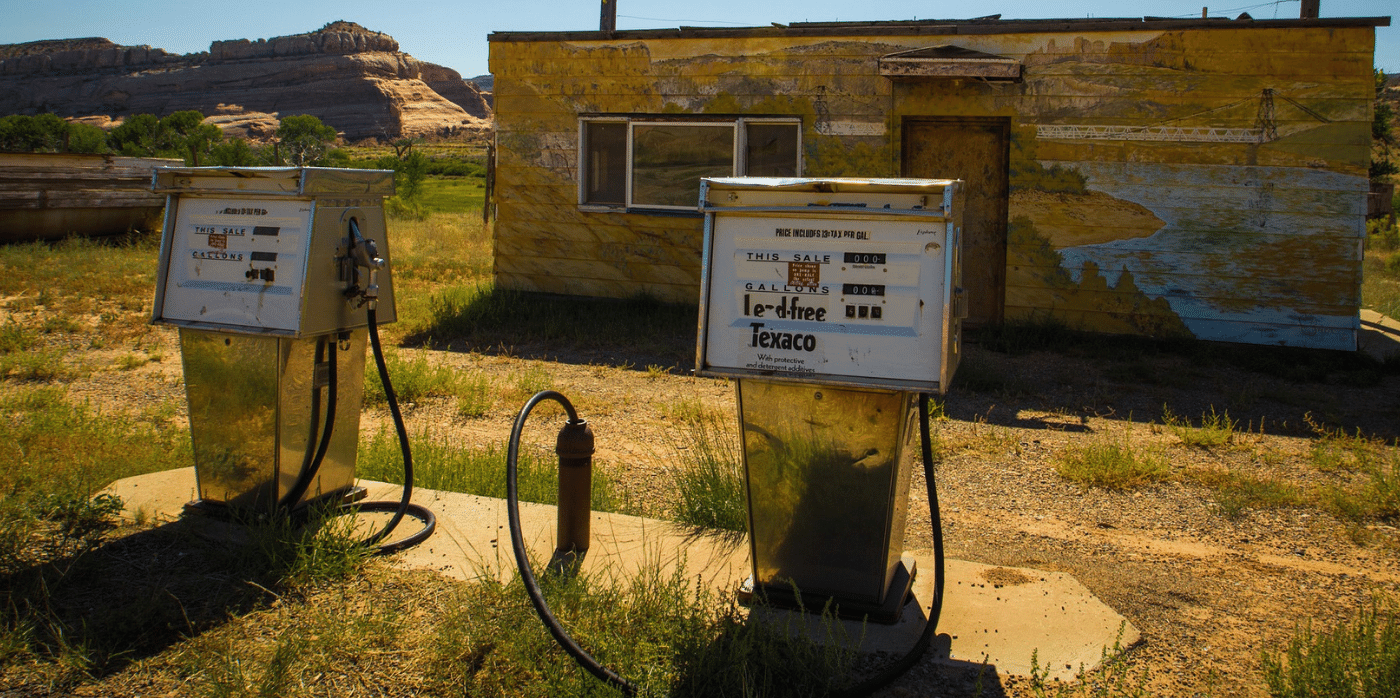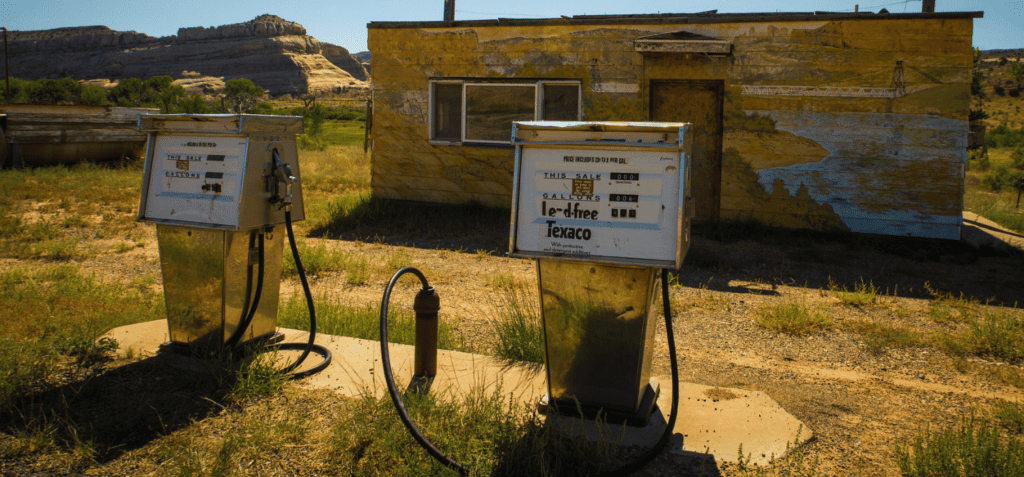Turning the overlooked croton nut into a sustainable cash crop
Spotted: To date, the East and Southern African croton tree has mostly been used as firewood or charcoal. However, the tree has the potential to provide a number of other products. EcoFix Kenya is a company that is working to harness such potential. The company’s CEO, Cosmas Ochieng, is on a mission to find new ways of using native Kenyan plant-resources. He has developed a process to extract biofuel from the nuts of the croton tree. This biofuel can be used for a variety of purposes, including powering vehicles and generators. In addition, the byproducts of the process can be used as fertiliser, animal feed, and even cosmetics.
EcoFix is also providing a sustainable business model that encourages local farmers to plant and harvest croton trees rather than other crops. EcoFix processes over 3,000 tonnes of croton nuts each year, working with over 6,000 farmers. This business model not only helps to improve the environment by encouraging the growth of croton trees, but it also provides a reliable source of income for local farmers.
The company started out as a small startup focused on biofuel. They have since worked with large-scale corporations like multinational food producer Del Monte – powering their diesel generators through croton oil. However, it became clear that reliance solely on fuel contracts would not sustain long term business growth. With 90 per cent of the nut being wasted in the biofuel production process alone, the company has been growing and diversifying.
Croton nuts now form the basis of several products, such as high-protein supplements that are sold to poultry farmers as well as Ochieng’s latest innovation: a cosmetic brand based on croton oil called NEA by Nature. Ochieng said that he found croton nuts have unique physical elements including high moisturising properties to make them ideal for use in soap and face masks. The Ochieng Company is looking to target a niche market of conscious consumers with their palm-free products.
Ochieng is eager to take his cosmetics company global. In order for that goal, he’s building another factory alongside the original processing plant in Nanyuki – a town around 200 kilometres north from Kenya’s capital city Nairobi. This new production facility will increase capacity and start exporting items such as cosmetics towards lucrative markets like America or England. The expansion will also allow for more employment opportunities in the local area as well as continued growth for the company. Ochieng is committed to providing quality products and good jobs for the community and this next phase of development will help to achieve those aims.
Other recent biofuel innovations spotted by Springwise include pellets made from agricultural and food waste, a biofuel startup expanding into consumer goods, and a shipping company using biofuel to reduce maritime emissions.
Written By: Katrina Lane
8th April 2022
Email: info@efk.co.ke
Website: efk.co.ke

